Random Addenda: Elephant & Piggie, More Dementia, A Good Read-Aloud, and Betsy’s Caldecott Buzz
 Wednesday, June 18th, 2008
Wednesday, June 18th, 2008
Ever post about something and then want to add to it later? Or read someone else’s post and have an idea for them? Well, I’m taking care of that today with a short list of addenda. Just humor me.
Addendum 1. Remember when Adrienne and I posted about what we called Slightly Demented Picture Books, a post dear to our hearts that resulted in quite a handful of folks piping up to name their favorite demented books? Well, I keep running across books to add to the list (namely, why hadn’t I ever read Roald Dahl’s The Enormous Crocodile, which I stumbled upon recently? Sylviane Donnio’s I’d Really Like to Eat a Child seems almost an homage to Dahl’s book, published back in 1978. And I read ’em in the wrong order, but at least I finally found Dahl’s crocodile tale).
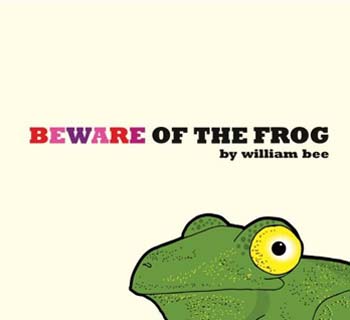 Anyway, there’s a new title out from Candlewick, Beware of the Frog by William Bee, set to be published next week, I believe. And it not only made me (and the children around me) laugh out loud, but it is also one of those titles that embodies the spirit of our definition of Slightly Demented. Hoo boy, talk about the food chain (as we did in our post):
Anyway, there’s a new title out from Candlewick, Beware of the Frog by William Bee, set to be published next week, I believe. And it not only made me (and the children around me) laugh out loud, but it is also one of those titles that embodies the spirit of our definition of Slightly Demented. Hoo boy, talk about the food chain (as we did in our post):
Sweet little old Mrs. Collywobbles, looking like she came straight out of South Park and who lives right on the edge of a “big, dark, scary wood,” has a pet frog. And he’s the only thing that protects her from all the horrible and terrifying creatures that live in the big, dark, scary wood. Three of those horrifying creatures—Greedy Goblin, Smelly Troll, and Giant Hungry Ogre—believe they have the ability to one-up the frog. But they’re wrong, and the results of their attempts to do so are pretty funny. And then, just when you’re already hoo-ha’ing over this intrepid frog and Bee’s offbeat, wry depiction of his triumphs over the scary wood creatures, Bee brings, not one, but TWO bah-dum-ching moments at the book’s close, throwing the reader two punchline curve balls you don’t see coming. Calling it quirky doesn’t cut it. Everything about the book—the narrative and Bee’s left-of-center style, including all his close-ups and frog get-ups—is wonderfully wacked. It’s almost as if Bee is speaking directly to those parents all set on shielding their children from the Grimms-esque scary and mysterious elements of the world (the Giant Hungry Ogre sings, “I must have my supper—a juicy old lady cooked in lots of honey and butter”). Maybe not so much speaking to them as saying: Here, try this on for size. And did I mention I almost soiled myself laughing at it, as did my children? Read the rest of this entry �
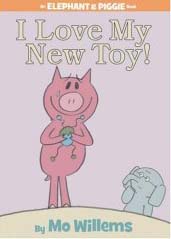
 So, here’s my attempt to run down some new titles within the broad category of books that are between picture books and those novels for older middle grade students (or older).
So, here’s my attempt to run down some new titles within the broad category of books that are between picture books and those novels for older middle grade students (or older).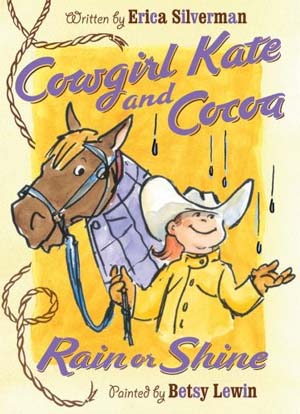 Erica Silverman’s Cowgirl Kate and Cocoa are back, this time in
Erica Silverman’s Cowgirl Kate and Cocoa are back, this time in 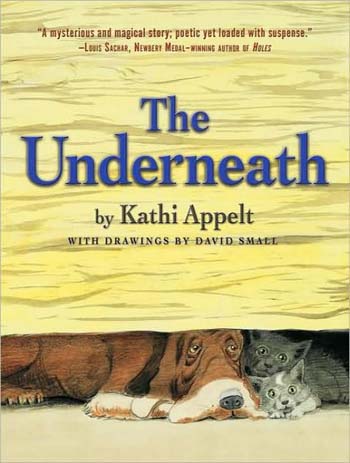 As I mentioned this past Sunday, I took a blog break last week just to get caught up on some reading. As it turns out, this very intriguing novel was staring me in the face. On the back of it, author
As I mentioned this past Sunday, I took a blog break last week just to get caught up on some reading. As it turns out, this very intriguing novel was staring me in the face. On the back of it, author 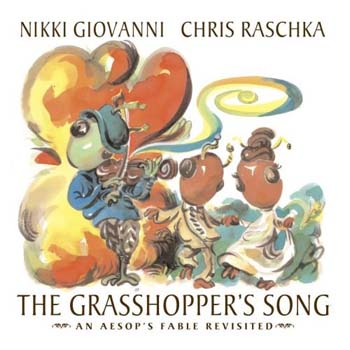 I wanted to force this post into the
I wanted to force this post into the 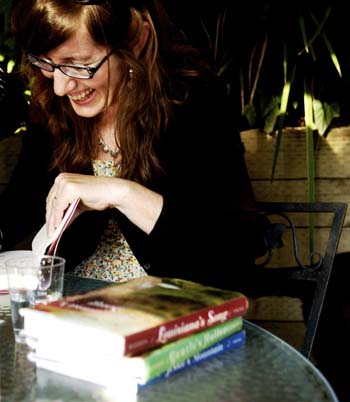 There are two reasons I’m hosting a rather random interview with author
There are two reasons I’m hosting a rather random interview with author 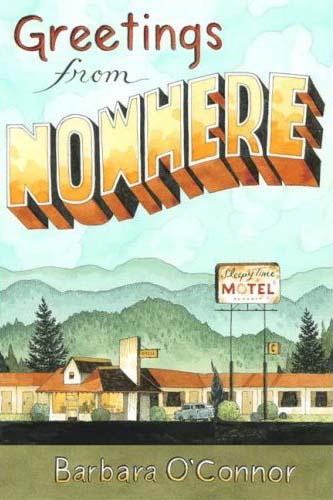 I don’t know about you, but I find the news of late very sad and quite unsettling. I have to wonder what kind of world my children are going to live in when they themselves are adults. I don’t want to be one of those people who is so out-of-touch with current events, but oftentimes it’s hard to even take it all in anymore. Eisha and I recently had a conversation about all the apocalyptic movies we’ve seen of late, too, Eisha joking that she’s seen enough recently that she pretty much feels like she needs to get ready for the end of the world NOW. And then I had to up and read Susan Beth Pfeffer’s
I don’t know about you, but I find the news of late very sad and quite unsettling. I have to wonder what kind of world my children are going to live in when they themselves are adults. I don’t want to be one of those people who is so out-of-touch with current events, but oftentimes it’s hard to even take it all in anymore. Eisha and I recently had a conversation about all the apocalyptic movies we’ve seen of late, too, Eisha joking that she’s seen enough recently that she pretty much feels like she needs to get ready for the end of the world NOW. And then I had to up and read Susan Beth Pfeffer’s 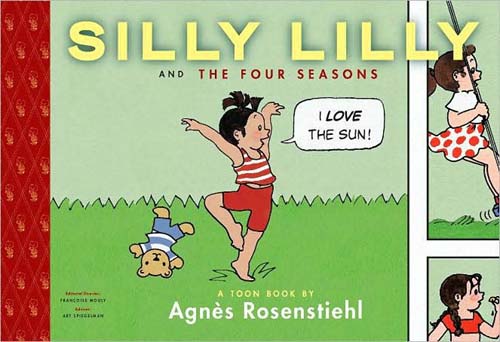
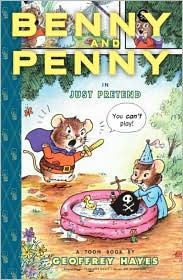
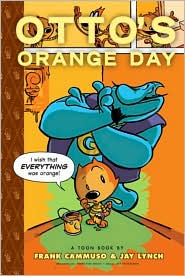
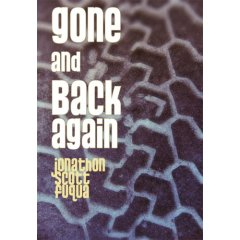 If dark humor is your thing — and I mean moments of incredible pathos that rattle your heart in your chest a bit while, somehow, also make you laugh simultaneously — here’s a new title for you,
If dark humor is your thing — and I mean moments of incredible pathos that rattle your heart in your chest a bit while, somehow, also make you laugh simultaneously — here’s a new title for you, 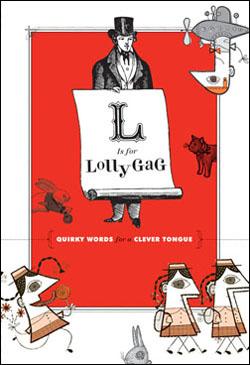 If you’re a wordsmith or a wordsmith wannabe, here’s a book for you. Bust my buttons! It’s the cat’s meow, an indubitable lollapalooza — and that’s no codswallop (nor is it flapdoodle, claptrap, tomfoolery, shenanigans, malarkey, or even blarney). You need to find yourself a copy by hook or by crook, or you may find yourself feeling a bit woebegone. (I can try to not pepper this post with words and expressions from the book, but it wouldn’t be as fun, now would it?).
If you’re a wordsmith or a wordsmith wannabe, here’s a book for you. Bust my buttons! It’s the cat’s meow, an indubitable lollapalooza — and that’s no codswallop (nor is it flapdoodle, claptrap, tomfoolery, shenanigans, malarkey, or even blarney). You need to find yourself a copy by hook or by crook, or you may find yourself feeling a bit woebegone. (I can try to not pepper this post with words and expressions from the book, but it wouldn’t be as fun, now would it?). 